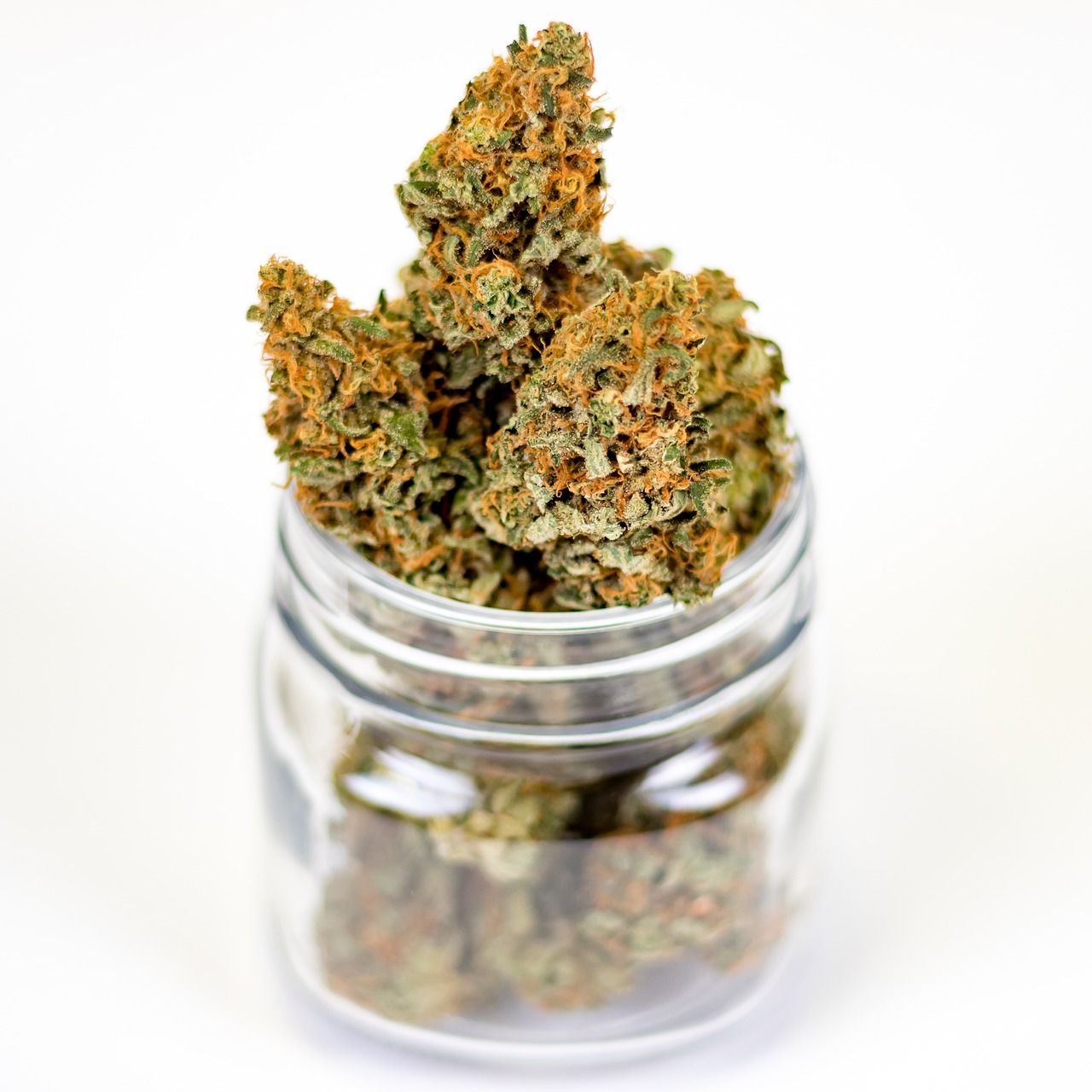For many cannabis consumers, both new and experienced, the term “endocannabinoid system” (ECS) comes up often in conversation, product descriptions, and medical research. But what exactly is this system, and why does it matter so much when talking about cannabis? To put it simply, the ECS is one of the most important regulatory systems in the human body, responsible for helping maintain balance, or what scientists call homeostasis. Without it, the body would struggle to regulate essential processes such as mood, appetite, sleep, and pain.
What Is the Endocannabinoid System?
Discovered in the early 1990s during research on THC, the ECS is a complex network of receptors, naturally produced compounds, and enzymes. Scientists quickly realized that the human body wasn’t just passively reacting to cannabis—it already had a built-in system designed to respond to cannabinoids.
The ECS consists of three main components:
- Endocannabinoids – Molecules made naturally by the body that resemble cannabinoids found in the cannabis plant. The two best-known are anandamide (sometimes called the “bliss molecule”) and 2-AG (2-arachidonoylglycerol).
- Cannabinoid Receptors – Proteins found on the surface of cells, which act like locks waiting for a key. The two primary receptors are CB1 receptors, mostly in the brain and central nervous system, and CB2 receptors, more common in the immune system and peripheral tissues.
- Enzymes – Proteins that break down endocannabinoids once they’ve done their job, ensuring that the system doesn’t stay overactive.
Together, these parts create a communication system that influences how the body responds to stress, environment, and internal changes.
The Role of Homeostasis
One of the ECS’s most important responsibilities is homeostasis—the body’s ability to maintain internal stability. Think of it like a thermostat in a house. When things get too hot or too cold, the thermostat adjusts to bring the temperature back to balance. The ECS works the same way for human biology, ensuring that things like sleep, hunger, temperature, and even mood stay within a healthy range.
For example:
- When body temperature rises, the ECS helps cool it down.
- When stress levels surge, the ECS helps regulate the release of cortisol and other hormones.
- When inflammation spikes, the ECS works to tone it down.
This balancing act is why many researchers believe the ECS is one of the most important biological systems for overall wellness.
How Cannabis Interacts With the ECS
Cannabis is unique because it contains compounds called phytocannabinoids—plant cannabinoids—that can interact directly with the ECS. The two most well-known are tetrahydrocannabinol (THC) and cannabidiol (CBD).
- THC: This is the primary psychoactive compound in cannabis. It binds strongly to CB1 receptors in the brain, producing the familiar “high” while also influencing appetite, pain perception, and mood.
- CBD: Unlike THC, CBD doesn’t directly bind to CB1 or CB2 receptors. Instead, it influences them indirectly and interacts with other receptors in the body, such as serotonin and TRPV1 receptors. This explains why CBD can promote relaxation and reduce inflammation without causing intoxication.
Other lesser-known cannabinoids, like CBG, CBN, and THCV, are gaining attention for their unique interactions with the ECS, suggesting that the cannabis plant may contain a wide spectrum of therapeutic tools.
Why the ECS Matters to Consumers
Understanding the ECS can help cannabis consumers make more informed decisions about what products may work best for their needs.
- For relaxation and sleep: Products high in THC or combined THC-CBN formulas may be effective because of how they influence CB1 receptors.
- For focus and creativity: Strains balanced with THC and terpenes like limonene may work better by lightly stimulating the ECS while promoting mood elevation.
- For pain and inflammation: CBD-heavy products can calm the ECS’s inflammatory response without producing intoxication.
By understanding how cannabinoids interact with the ECS, consumers can begin to view cannabis less as a one-size-fits-all substance and more as a personalized toolkit for wellness.
Endocannabinoid Deficiency: A Theory Worth Knowing
Some scientists propose what’s called Clinical Endocannabinoid Deficiency (CECD). This theory suggests that certain chronic conditions—like migraines, fibromyalgia, and irritable bowel syndrome—might be linked to an underactive ECS. While more research is needed, the idea has gained traction because cannabis or cannabinoid-based therapies often provide relief where traditional treatments fall short.
For consumers, this perspective offers an empowering takeaway: supporting the ECS through lifestyle, diet, and cannabis use could play a role in better health and balance. Foods like dark chocolate, omega-3-rich fish, and even moderate exercise can all naturally boost endocannabinoid activity.
The Future of ECS Research
Though cannabis consumers are already reaping the benefits of ECS science, researchers believe we’ve only scratched the surface. Current studies are exploring:
- How minor cannabinoids affect the ECS in unique ways.
- How terpenes (the aromatic compounds in cannabis) may enhance or modify cannabinoid activity through the “entourage effect.”
- How personalized medicine might one day tailor cannabinoid therapy to an individual’s unique ECS makeup.
As legalization expands and barriers to research fall, the future promises a deeper understanding of how to optimize the ECS for health and well-being.
Key Takeaway
The endocannabinoid system is not just a scientific curiosity—it’s the foundation of why cannabis works the way it does. By regulating balance across nearly every major system in the body, the ECS helps explain why cannabis can influence everything from mood and sleep to pain and appetite. For cannabis consumers, knowing how the ECS works provides more than just scientific insight; it opens the door to smarter, more intentional use of cannabis for both wellness and enjoyment.

